7 Foods You Should Never Cook And 9 That Are Safer (And Tastier) When Heated

Cooking and food safety are intricately linked, influencing the nutritional quality and flavor of what we eat. While some foods lose essential nutrients and become harmful when cooked, others become safer and more nutritious. This blog post explores seven foods best left raw and nine that benefit from the heat.
1. Honey (Especially Raw Honey)
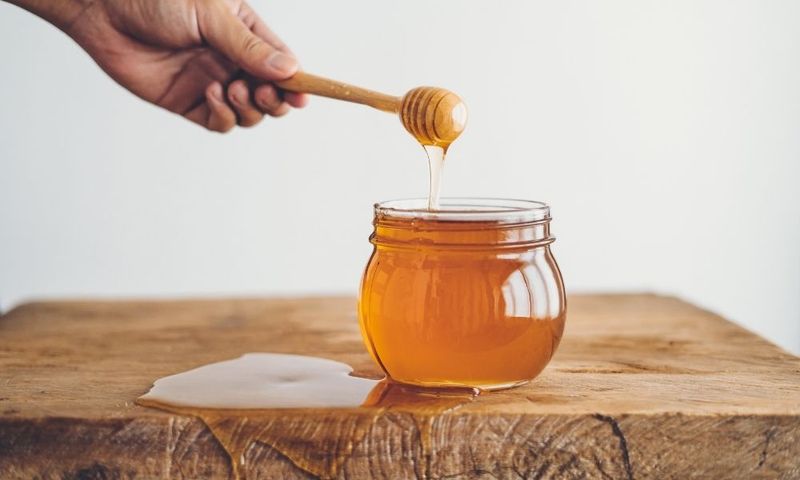
Imagine a spoonful of liquid gold, glistening in sunlight. Raw honey, cherished by many, loses its magic when warmed. The gentle warmth of your tea might just rob honey of its enzymes and antioxidants, turning it mundane. The ancient Egyptians revered honey for its preservation properties, but heating it was never part of their script. To truly savor honey’s essence, drizzle it raw over oats or yogurt. Let it mingle with the cool, creamy textures, and you’ll taste its untouched brilliance. Avoid the heat; let honey shine in its purest form.
2. Olive Oil (Extra Virgin)

Picture a sun-drenched Tuscan grove, where olives are pressed into liquid gold. Extra virgin olive oil, with its peppery bite, is a culinary gem. Yet, introducing it to high heat turns its delicate flavor acrid. Frying with this oil is like using a violin to hammer nails—undignified. Drizzle it over salads or freshly baked bread to preserve its integrity. The beauty of extra virgin olive oil lies in its raw, unadulterated form. Celebrate its robust character without the searing flames.
3. Fresh Garlic (For Maximum Allicin)
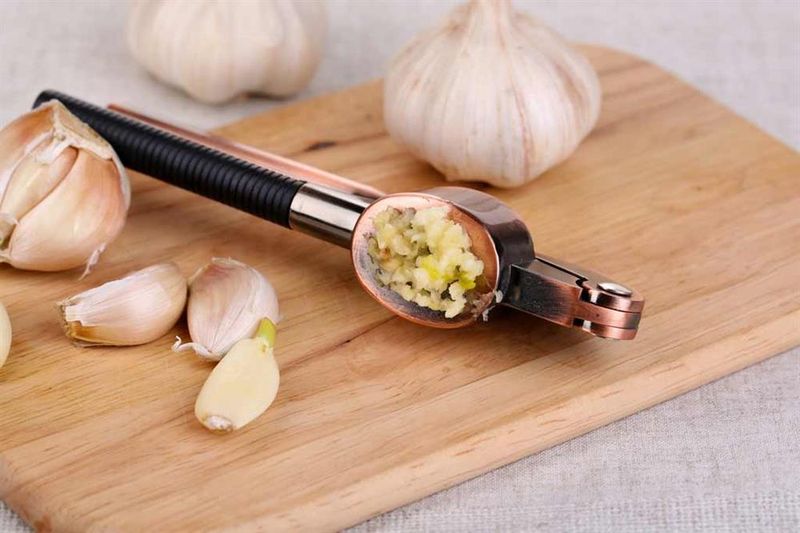
With a pungent aroma that commands attention, garlic’s charm lies in its raw state. Crushing a clove releases allicin, a compound known for its health prowess. Yet, a sizzling pan diminishes this magic ingredient. To capture garlic’s full potency, consider adding it fresh to your favorite dips or dressings. Cleopatra might have missed out on allicin’s potential, but you don’t have to. Embrace garlic’s boldness by keeping it raw, allowing its full character to flourish.
4. Cold-Pressed Oils (Flaxseed, Walnut, etc.)
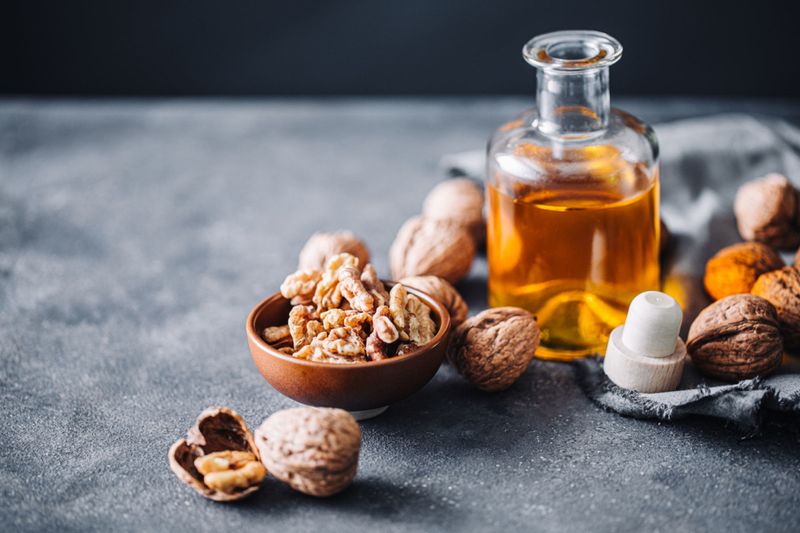
In the gentle world of cold-pressed oils, heat is the enemy. Flaxseed and walnut oils boast omega-3 fatty acids, but a pan’s heat strips them bare. These oils are like delicate whispers, best enjoyed in quiet settings. Drizzle them over salads or blend into smoothies for an omega-rich boost. Ancient civilizations knew the value of these oils long before frying was popular. To honor their legacy, keep them cold and retain their nutritional melody.
5. Cruciferous Veggies (Like Broccoli Sprouts or Arugula)

Snap, crackle, and pop—cruciferous veggies sing a vibrant tune when raw. Broccoli sprouts and arugula are sulfur-rich, offering a zestful bite. Heat, however, can mute their nutritional choir. Enjoy them in salads to savor their full spectrum of benefits. Their raw crunch might have puzzled medieval chefs, but today, we cherish it. For a nutritional crescendo, let these veggies grace your plate in their raw, unadulterated form.
6. Fermented Foods (Like Sauerkraut, Kimchi, and Miso)
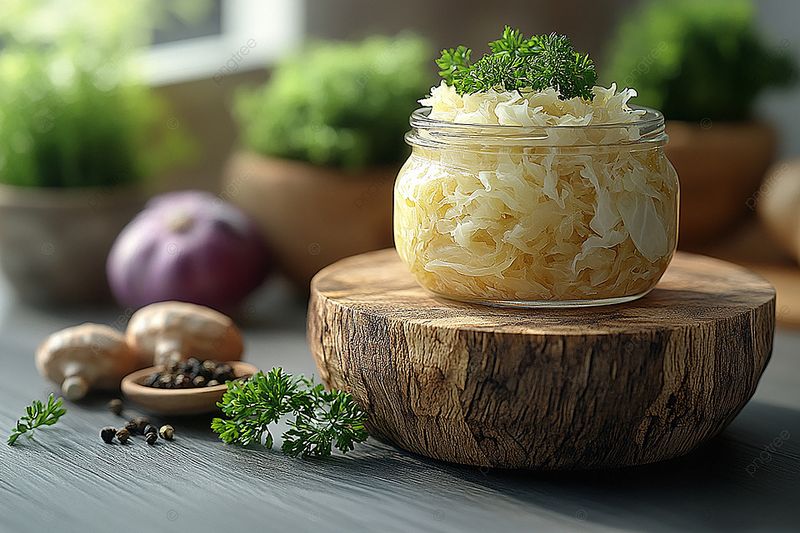
The charm of fermented foods lies in their live probiotics, tiny warriors for your gut. Heating sauerkraut or kimchi can silence these beneficial critters. Miso, too, is best added to warm—not boiling—broth to retain its probiotic punch. Cultures have long celebrated fermentation, from Korean kimchi pots to German sauerkraut jars. To honor these traditions, enjoy them raw and let their probiotic power thrive.
7. Fresh Fruit (Like Berries, Watermelon, and Citrus)

Nature’s candy, fresh fruits, offer a burst of flavor with every bite. Berries and watermelon quench thirst, while citrus provides a zing. Heating diminishes their vitamin C and antioxidant content. Imagine a sunlit picnic, fruits piled high; this is how they’re meant to be savored. Unplug the stove and indulge in nature’s sweet offerings. Let each juicy bite be a testament to the power of raw delight.
8. Tomatoes

Tomatoes, with their vibrant hue, transform under heat. Cooking them unlocks lycopene, a potent antioxidant linked to heart health. Imagine a rich, simmering sauce filling the kitchen with warmth. This cooking alchemy enhances tomatoes’ nutritional profile. From Italian kitchens to modern tables, cooked tomatoes continue to delight. Embrace the tradition and enjoy the health benefits that a gentle simmer brings.
9. Mushrooms
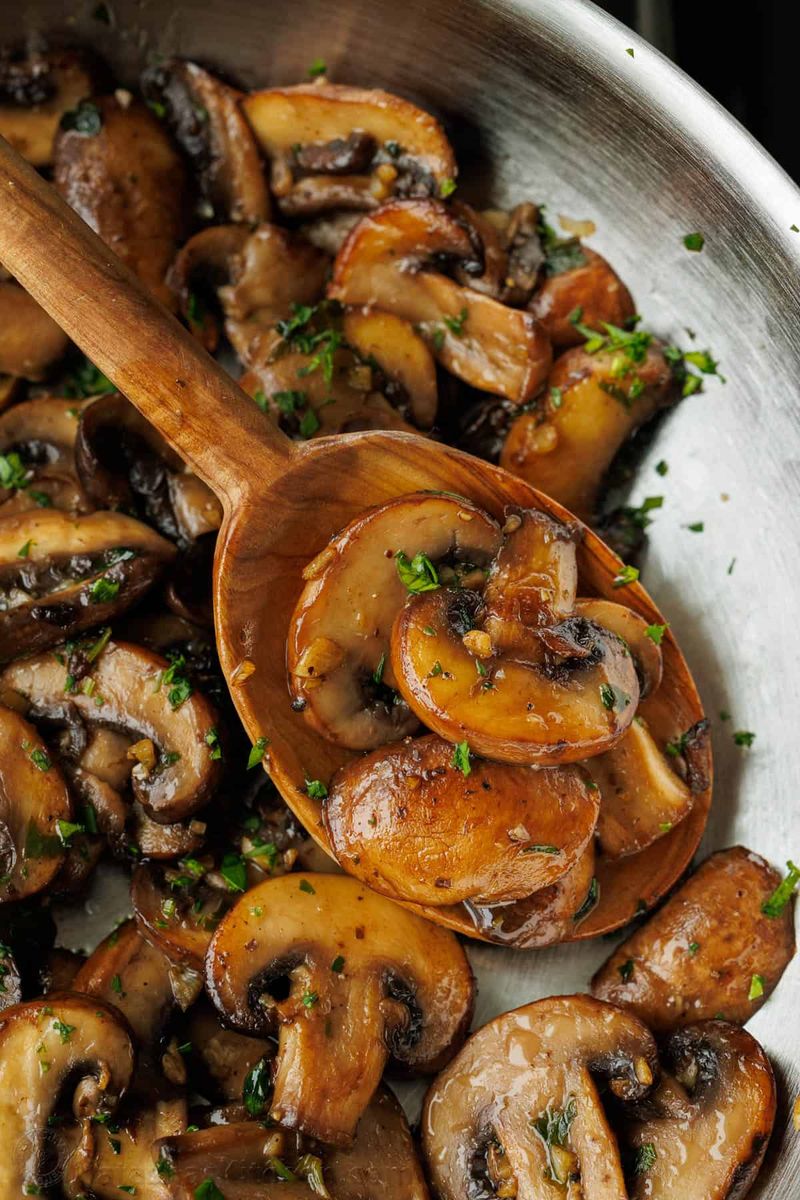
Mushrooms, nature’s umami-rich gems, reveal their best selves when cooked. Sautéing breaks down their cell walls, unlocking flavors and neutralizing raw toxins. The aroma of sizzling mushrooms is a warm invitation to the table. Ancient cultures revered them for both taste and mystique. With each bite, cooked mushrooms offer a flavorful embrace, showcasing their culinary magic.
10. Spinach
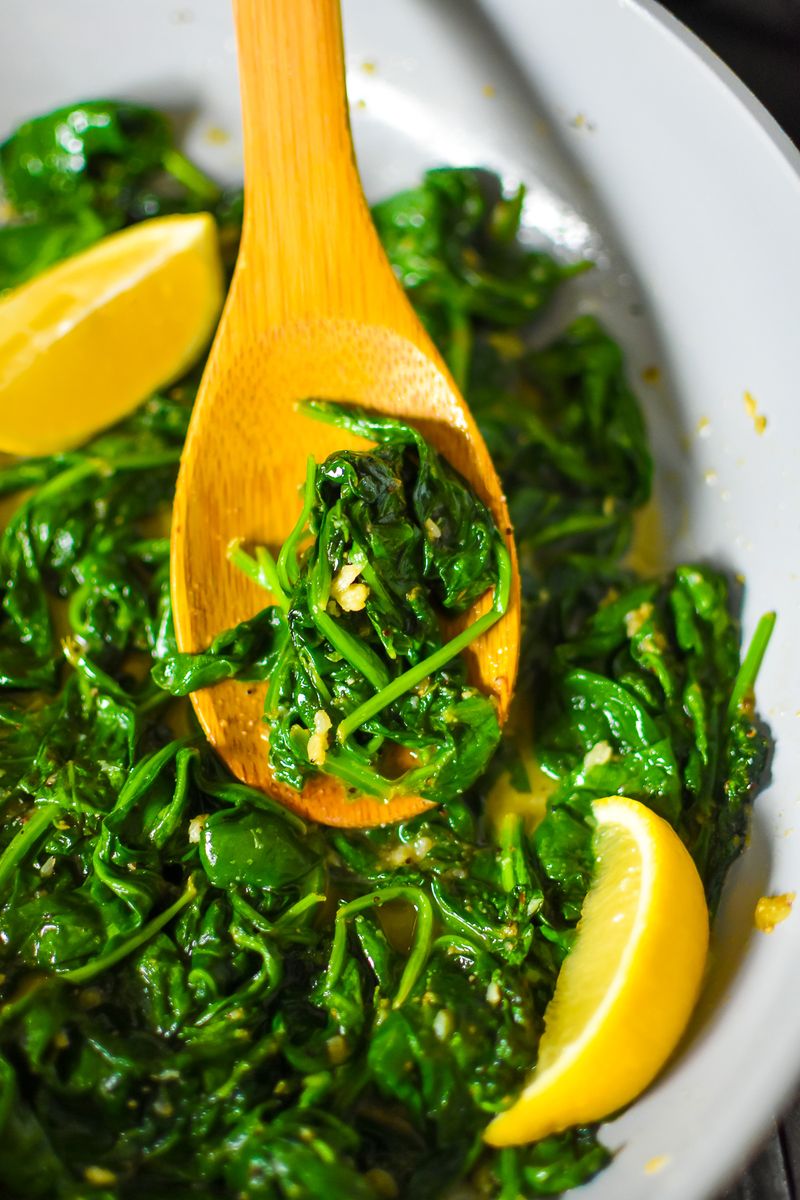
Spinach, with its rich green leaves, is a versatile kitchen staple. While raw spinach is packed with nutrients, cooking reduces its oxalate content. This makes calcium and iron more accessible to the body. Steaming preserves its tender texture and enhances digestibility. In the company of a lemon wedge, cooked spinach becomes a nutrient powerhouse on any plate.
11. Carrots
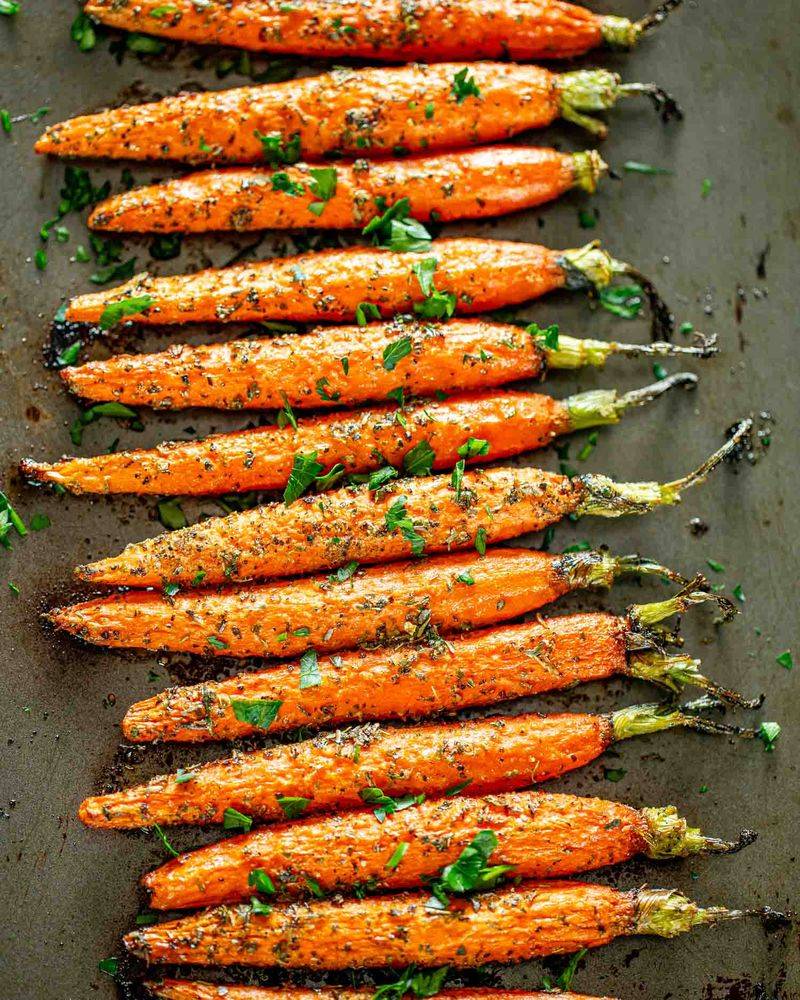
Carrots, with their bright orange hue, become even more beneficial when cooked. Roasting them brings out their natural sweetness and boosts beta-carotene absorption—a precursor of vitamin A. This transformation from crunchy to tender adds depth to any meal. In culinary history, cooked carrots have always been a reliable companion for hearty dishes.
12. Eggs

Eggs, a breakfast staple, shine when cooked. Raw eggs pose a risk of salmonella, and their proteins are less bioavailable. Cooking, whether scrambling or boiling, ensures safety and enhances digestion. As the morning sun spills over the breakfast table, a plate of steaming eggs promises nourishment and warmth. From brunches to family breakfasts, cooked eggs remain a culinary cornerstone.
13. Beans and Lentils

Beans and lentils are culinary powerhouses, offering fiber and protein. However, raw or undercooked, they contain lectins that can cause digestive woes. Cooking them thoroughly neutralizes these compounds, unveiling their full nutritional potential. Imagine a steaming bowl of legumes, fragrant with spices, inviting nourishment and comfort. Across cultures, from Indian dals to Mexican refried beans, cooked legumes are celebrated staples.
14. Potatoes
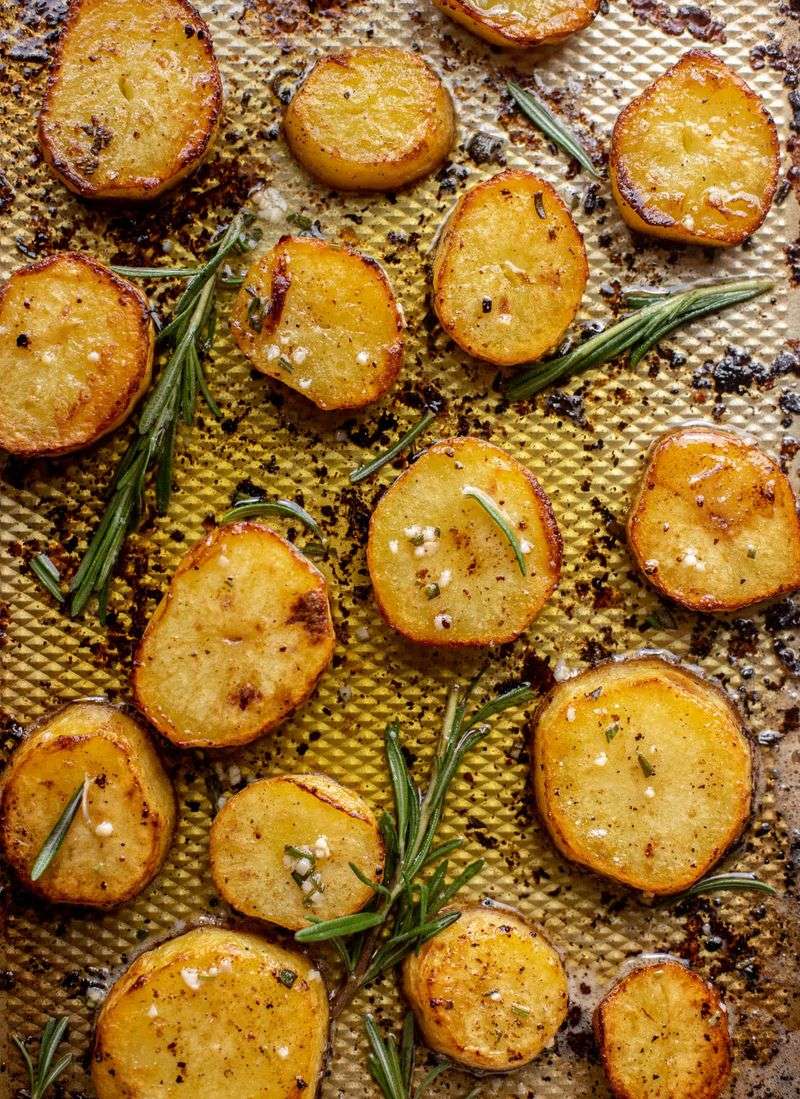
Potatoes, humble yet versatile, shine when cooked. Raw, they are tough and starchy, but cooking transforms them into comforting bites. A baked potato, fluffy and warm, or golden roasted slices on a sheet spell comfort. From Irish stews to American fries, cooked potatoes are a global favorite. Their transformation through heat offers both nourishment and a sense of home.
15. Tofu
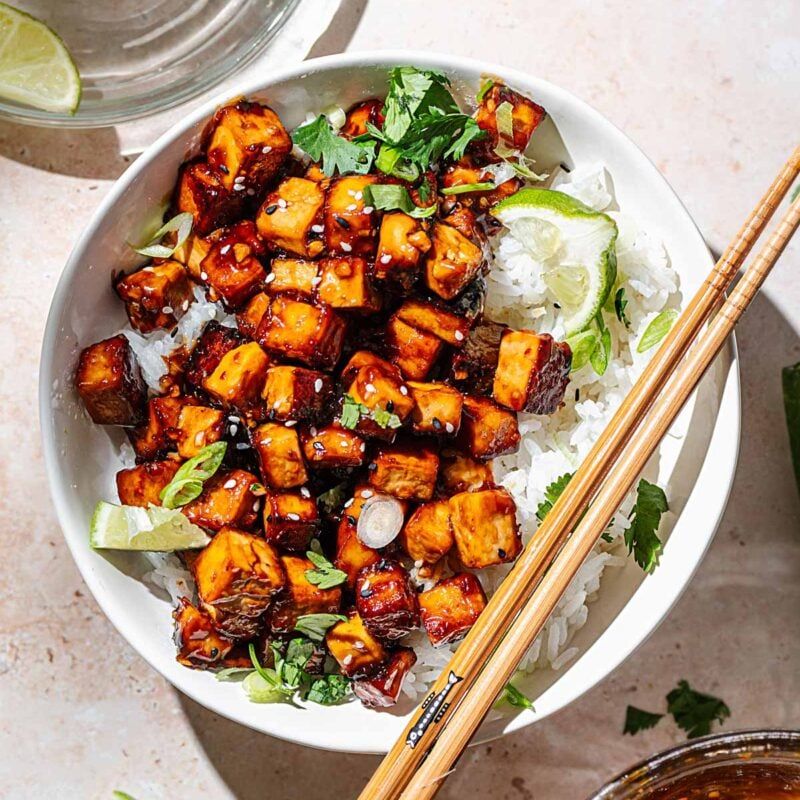
Tofu, a chameleon in the culinary world, comes alive with heat. Raw, it can harbor bacteria, but cooking ensures safety and enhances its texture. Picture golden cubes, crispy on the outside, tender within. In Asian cuisine, tofu’s versatility is celebrated, offering a canvas for flavors to dance. Sizzling tofu with soy sauce and ginger is a symphony of taste and texture.
16. Cruciferous Veggies (Like Broccoli and Kale)
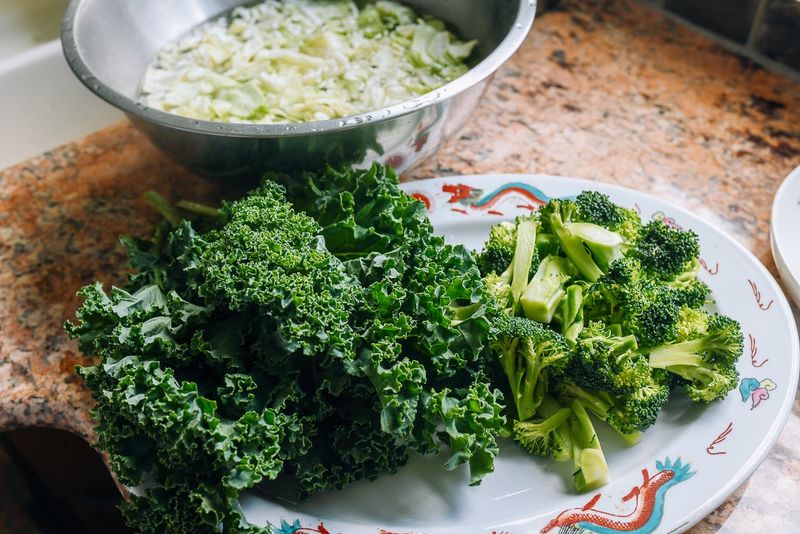
Cruciferous vegetables, whether broccoli or kale, offer a dichotomy of flavors. While raw, they are pungent; gentle steaming mellows their bitterness. This process makes them easier to digest while preserving nutrients. Envision a plate of these green titans, steam rising gently, inviting nourishment. Across cultures, these veggies have been revered for their health benefits, celebrated both raw and cooked.
